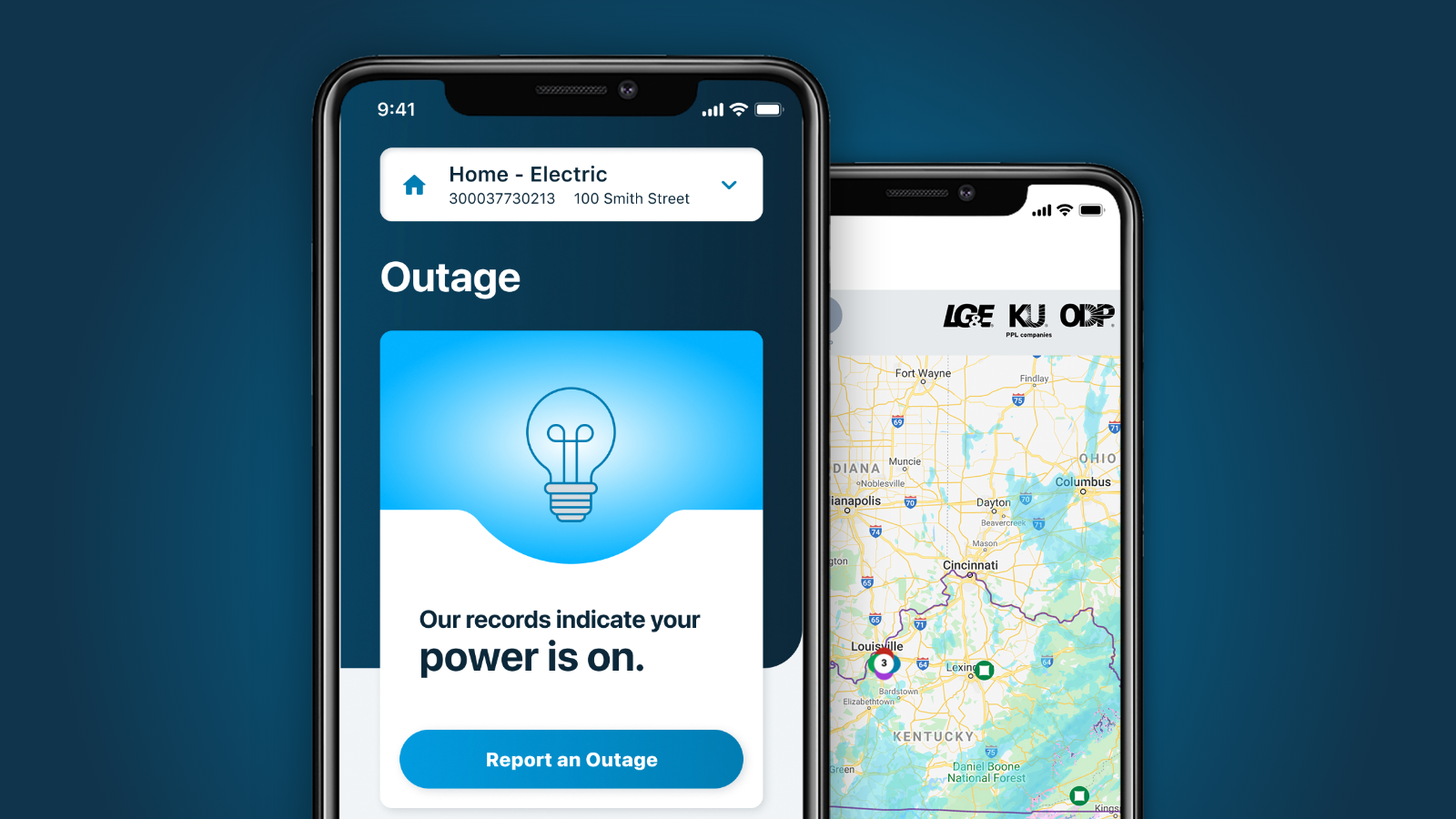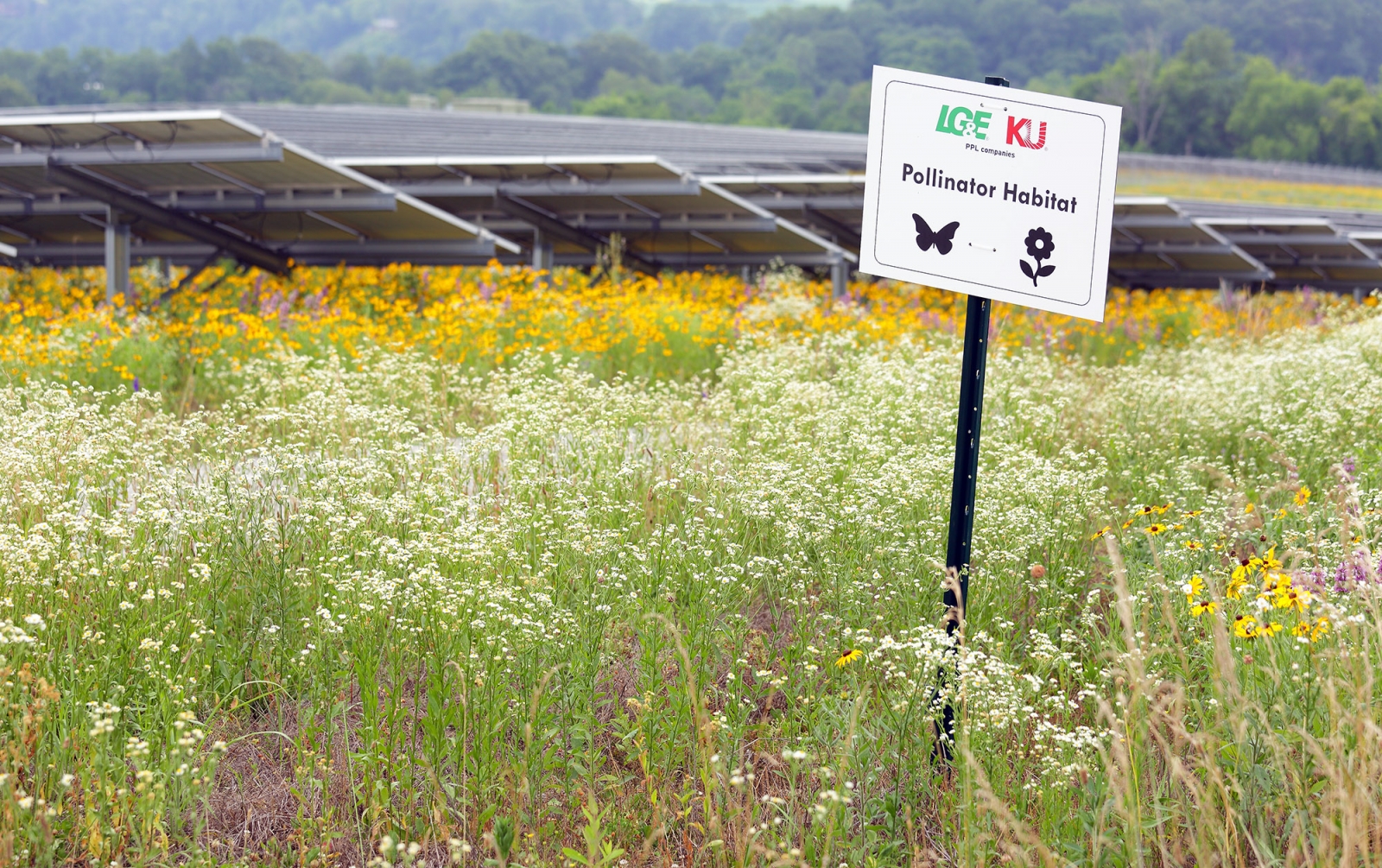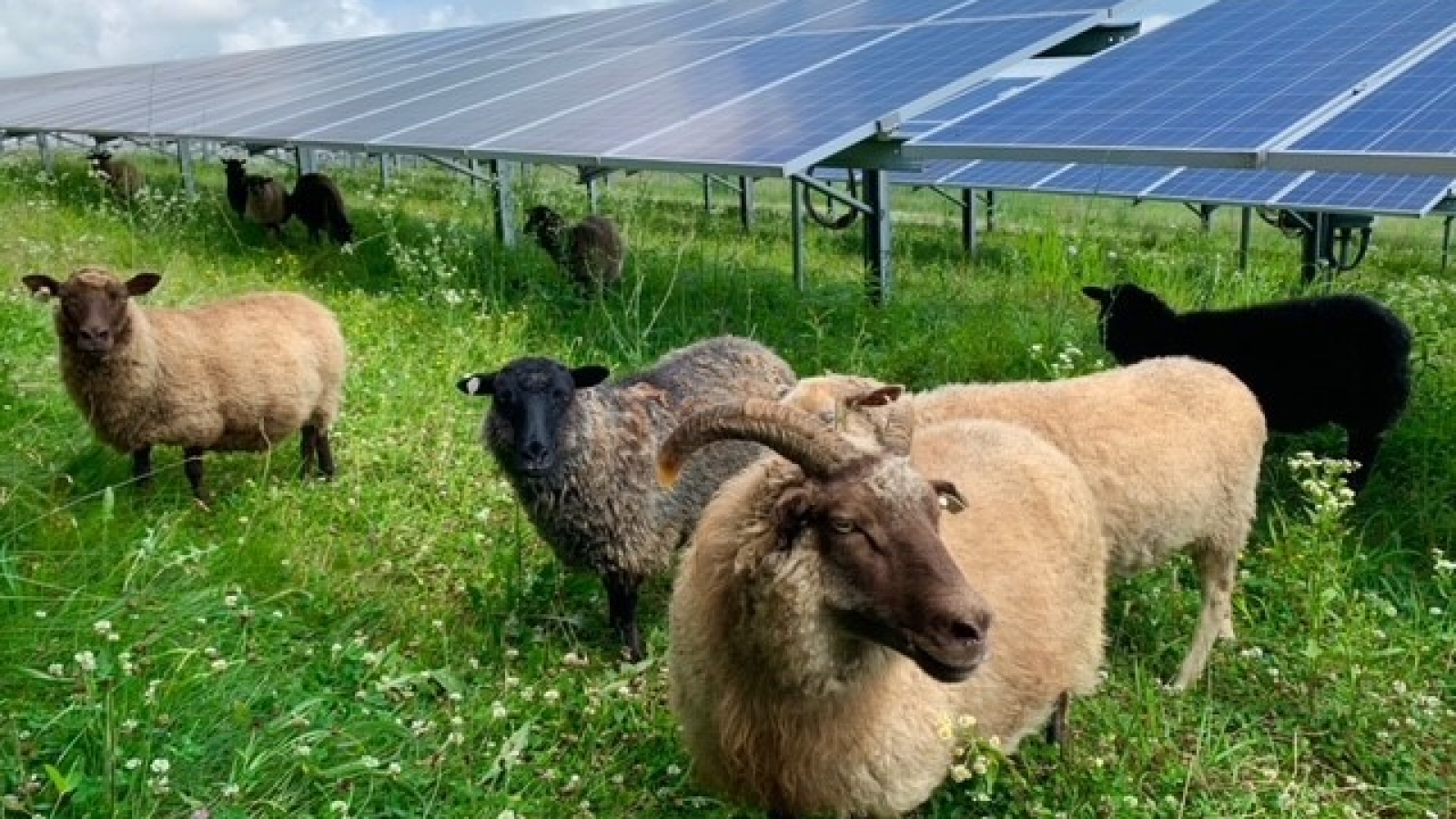Dix Dam and hydroelectric plant
Historical and important aspects of E.W. Brown’s operations are Herrington Lake, Dix Dam and the Dix hydroelectric plant, which is capable of producing 33 megawatts of clean, low-cost energy. Herrington Lake was formed in the 1920s by the construction of the dam and the three-unit hydro plant were constructed to help meet Kentucky Utilities’ growing energy demands. The dam impounds the water into Herrington Lake, and then is released so the plant can produce electricity. Upon completion in 1925, the dam was considered an engineering marvel, Kentucky’s first hydroelectric dam, the world’s largest rock-filled dam and the highest dam east of the Rocky Mountains.
Coal-fired unit
Of three original coal-fired units, only the 412-megawatt Unit 3, which went online in 1971, operates today. The unit features environmental improvements that coincide with other enhancements underway at the plant site. They include the conversion of the ash pond to a dry storage facility, a system to treat water from the plant that comes in contact with coal combustion residual materials, and a pond with a synthetic liner where the water will be discharged.
In February 2019, Brown retired decades-old coal-fired Units 1 and 2, which generated electricity for Kentucky Utilities customers during periods of dynamic industrial expansion. In their day, both units were integral to economic growth and prosperity in the KU service territory and the entire Commonwealth of Kentucky.
Combustion turbines
Seven combustion-turbine units are located at E.W. Brown, some of which are jointly owned by LG&E. Four of the combustion turbine units deliver 110 megawatts of power each; two have a capacity rating of 164 megawatts each; and one can produce 127 megawatts. All but one are fueled by either natural gas or fuel oil.
During periods of high demand, the combustion turbines can be started and come to full load in just 30 minutes — impressive when compared to the 10 hours needed to start a coal-burning unit. The combustion turbine units use hot compressed gases to power the generator. Air is compressed and forced into a chamber where combustion takes place, producing gases of almost 2,000 degrees Fahrenheit. These gases are forced to a turbine, which uses the energy to propel the generator and produce electricity.
Universal solar facility
The newest addition to the E.W. Brown Plant is an 10-megawatt universal solar facility that stretches across 50 acres of the plant’s property. It uses more than 44,000 solar panels on fixed-tilt rack systems that are positioned to optimize the available sunlight for producing energy. Commercial operation began in spring 2016. The facility typically produces 19,000 megawatt-hours of energy annually (depending on the weather), enough to provide energy for 1,500 homes based on a usage of 1,000 kilowatt hours per month.
The universal solar facility is part of LG&E and KU’s continuous efforts to meet customers’ energy needs while evaluating new potential energy options. The facility enables the utilities to learn more about this technology, including how commercial-scale solar energy is impacted by factors, such as cloud cover, and how it integrates with the existing generating units.
In your community
An important part of the company’s mission is to positively impact the communities in which it does business by supporting education, community outreach, environmental stewardship and the arts. Employees and contracted employees of E.W. Brown have a long tradition of volunteer service, community involvement and support of local charities. These and similar efforts contribute to the well-being and success of the communities in which we work and live, and reinforce LG&E and KU’s commitment to be both an employer of choice and a good corporate citizen.
Some local organizations and charitable causes our E.W. Brown employees are proud to support include:
- The Herrington Lake Conservation League, which is dedicated to the preservation of the natural beauty of Herrington Lake and the surrounding water shed.
- The E.W. Brown CARE Club, which was formed in 1988 to raise funds and provide support for hundreds of local families in need.
- Periodic meetings to update fence-line neighbors aware of plant activities.
- Local civic groups and school system advisory boards.
- The local United Way as “Leadership Givers.”
- The local back-to-school supply drive program, which supports disadvantaged students in the community.



